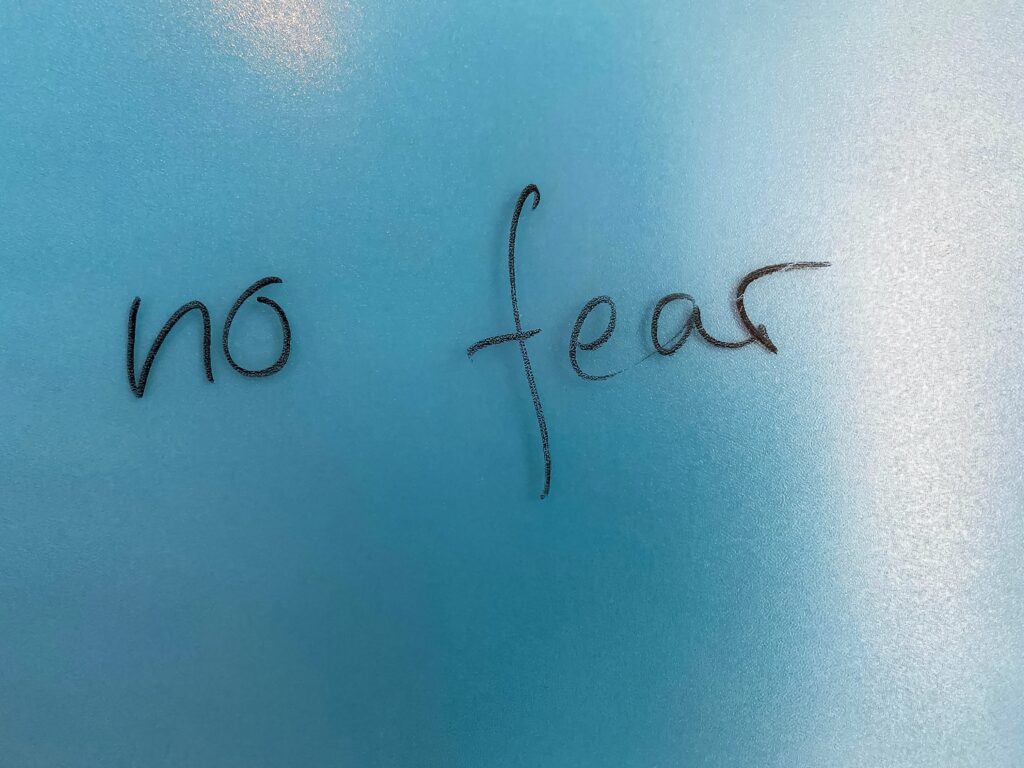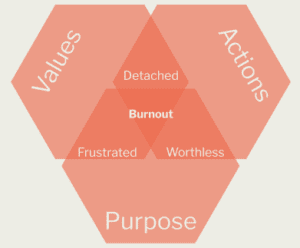
When Stopping Isn’t an Option: Leading your team through burnout
In the ever-evolving world of modern workplaces, leaders face an undeniable challenge: burnout. As the demands on our teams intensify, the risk of burnout becomes a looming spectre, threatening to erode productivity and morale. In this article, we embark on a journey to unravel the enigma of burnout, exploring how to identify its symptoms, understanding its origins, and most importantly, learning how to steer your team towards resilience and empowerment.
How to identify burnout symptoms
As a leader, your ability to recognise and respond to burnout symptoms is crucial in safeguarding your team’s well-being. Beyond just recognizing exhaustion and stress, it’s vital to cultivate emotional intelligence—a heightened awareness of your team’s emotions and mental states. Keep a keen eye out for signs of withdrawal, reduced enthusiasm, and declining performance. Engage in open and empathetic conversations, providing a safe space for team members to express their struggles. By fostering a culture of emotional transparency, you can decode the hidden cues of burnout and act proactively.
Why does burnout happen?
To combat burnout, it’s essential to address its root causes. Burnout often thrives in environments that prioritise relentless productivity over individual well-being. As a leader, encourage your team to redefine success by embracing a balanced approach to work. Share stories of success that highlight the importance of well-being, emphasising that personal growth and happiness are equally valuable to relentless ambition. By reshaping perspectives and priorities, you can lay the foundation for a more sustainable and fulfilling work culture.
How to create a supportive environment
In the pursuit of peak performance, don’t overlook the power of a supportive environment. A sense of belonging fosters trust and collaboration, acting as a shield against burnout. Encourage camaraderie within your team by organising team-building activities, celebrating achievements, and acknowledging the unique strengths each member brings. Embrace an open-door policy, where team members feel comfortable seeking guidance and support without fear of judgement. A united front stands resilient against burnout’s advances, empowering everyone to confront challenges with shared determination.
How to foster a culture of empathy
Empathy is a cornerstone of effective leadership, and it can be an essential weapon in your arsenal against burnout. Take the time to understand your team members’ personal lives, joys, and struggles. A simple act of compassion can provide immense comfort during trying times. Encourage team members to engage in peer support, allowing them to lean on each other for strength. By nurturing a culture of empathy, you demonstrate that everyone’s well-being matters, fortifying bonds that endure through adversity.
How to implement strategies to alleviate burnout
Combating burnout requires more than just understanding; it demands action. Embrace flexibility in work arrangements, empowering your team to find their optimal rhythm. Offer remote work options, flexible hours, or wellness days to recharge and prevent burnout’s grip. Invest in skill development programs, enabling team members to evolve in their roles and pursue their passions. By providing opportunities for growth and self-expression, you lay the groundwork for a motivated and fulfilled team.
To Summarise
Leadership is an ever-evolving journey, and steering your team through burnout requires a blend of empathy, courage, and vision. By fostering a culture that values well-being, empathy, and personal growth, you will not only protect your team from burnout’s clutches but also unleash their full potential. Embrace the power of resilience and empower your team to flourish in the face of adversity. Together, let us forge a future where burnout finds no refuge, and the path to success is paved with collective strength and compassion.
Ready to lead your team towards resilience and empowerment, while combatting burnout? As a leader, it’s crucial to identify burnout symptoms and cultivate emotional intelligence within your team. Look out for signs of withdrawal, reduced enthusiasm, and declining performance. Encourage open and empathetic conversations to decode hidden cues of burnout and take proactive steps to address it.













































